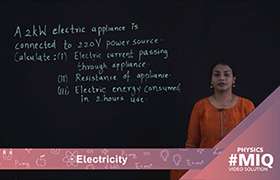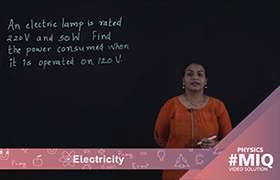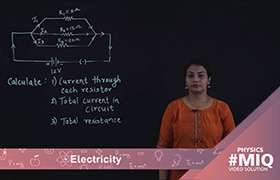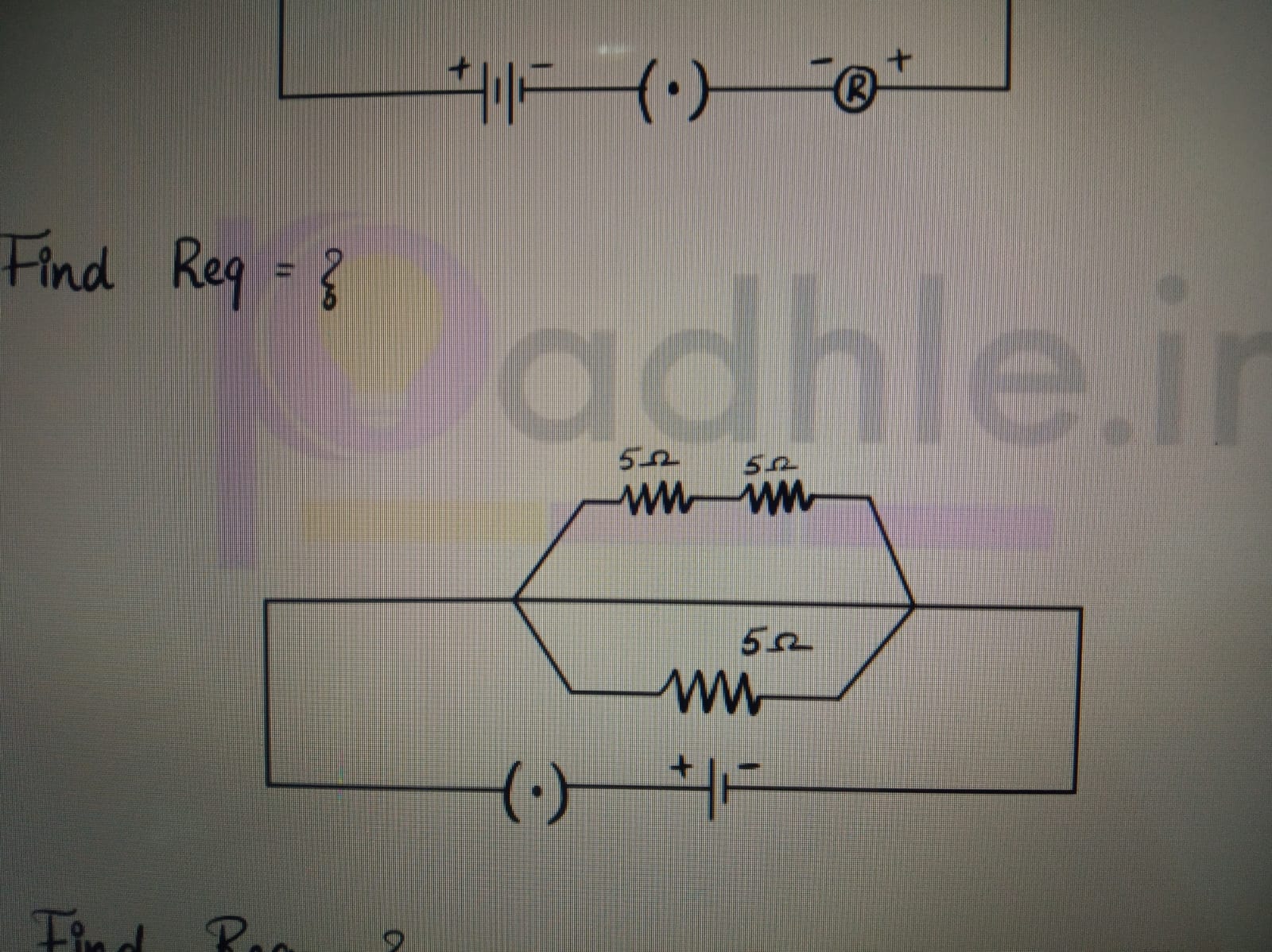CBSE Class 10 Answered
Hi dear,
Different rates of fuel consumption also characterize how energy is generated in stars and how different elements get into the cosmos. Stars make energy by nuclear fusion.hydrogen fuses into helium, and helium fuses into carbon. The sun shines due to energy created by hydrogen fusion. Once such a star's hydrogen has been fused into helium, fusion stops and the helium star just cools off. More massive stars create enough internal pressure to compress their helium-rich cores until the temperature there is high enough to fuse helium into carbon.
When a star starts out with more than 8 solar masses and evolves a carbon core, it does have enough gravity to compress and heat its core until it begins fusing carbon into nitrogen and oxygen. The temperature just above the carbon core is so high that carbon-core fusion is accompanied by two layers of shell fusion: The helium that was previously created in the shell just outside the core, as described above, fuses into carbon, and, likewise, the hydrogen just above this carbon-forming shell fuses into helium.
When the carbon core entirely converts into oxygen, fusion ceases there and the oxygen core compresses further by the star's gravity. This compression leads to even more fusion outside the core. Then three major shells of fusing matter exist. The inner one, rich in carbon, creates nitrogen and oxygen the middle one, rich in helium, creates more carbon, while the outer one begins fusing hydrogen into helium. Other elements, including neon, sodium, and magnesium, are also being created simultaneously in these shells. The oxygen core eventually heats to 1 trillion degrees kelvin and also begins fusing. By now, however, time is running short for the star.
Each time the coreconverts into a heavier element, fewer atoms are left than were in the preceding cores. For example, after the first core fusion stage only one quarter as many helium atoms occupy the core as the number of hydrogen atoms it previously had. In the next stage only one-third as many carbon atoms exist as there were helium atoms, and so on. This decrease in the number of particles to fuse, combined with higher temperatures in the core at each successive stage, causes the time it takes to convert the core from one element to the next to drop precipitously. Consider a 25 solar mass star. It takes about 7 million years to convert its core hydrogeninto helium; about 700,000 years to convert that helium to carbon; about 600 years to convert that carbon into oxygen; about a year to convert that oxygen into silicon; and about a day to convert the silicon core into iron.
Once the core is all iron, fusion ceases. The star's gravity compresses the core, which is another way of saying that gravity supplies the core with energy. This compressed iron quickly becomes so dense that the normal laws of physics that describe the behavior of matter on Earth no longer apply.
Hope this helps.
Topperlearning.com













